CIVIL WAR
 RECIPES
RECIPES
Receipts from
the Pages of
godeys Ladys Book
COMPILED AND EDITED BY
LILY MAY SPAULDING AND
JOHN SPAULDING

THE UNIVERSITY PRESS OF KENTUCKY
Publication of this volume was made possible in part
by a grant from the National Endowment for the Humanities.
Copyright 1999 by
The University Press of Kentucky
Scholarly publisher for the Commonwealth,
serving Bellarmine University, Berea College, Centre
College of Kentucky, Eastern Kentucky University,
The Filson Historical Society, Georgetown College,
Kentucky Historical Society, Kentucky State University,
Morehead State University, Murray State University,
Northern Kentucky University, Transylvania University,
University of Kentucky, University of Louisville,
and Western Kentucky University.
All rights reserved.
EDITORIAL AND SALES OFFICES
The University Press of Kentucky
663 South Limestone Street
Lexington, Kentucky 40508-4008
www.kentuckypress.com
13 12 11 10 09 8 7 6 5 4
Library of Congress Cataloging-in-Publication Data
Civil War recipes : receipts from the pages of Godeys ladys book / compiled and edited by Lily May Spaulding and John Spaulding
p. cm.
Includes bibliographical references and index.
ISBN 0-8131-2082-9 (hardcover : alk. paper)
1. Cookery, American. 2. United StatesHistoryCivil War, 1861-1865. I Spaulding, Lily May, 1920- . II. Spaulding, John, 1944- . III. Godeys magazine.
TX715.C57427 1998
641.597309034dc21 98-34445
ISBN-13: 978-0-8131-2082-9 (hardcover : alk. paper)
This book is printed on acid-free recycled paper meeting
the requirements of the American National Standard
for Permanence in Paper for Printed Library Materials.

Manufactured in the United States of America.

Member of the Association of
American University Presses
DEDICATED TO THE MEMORY OF
SARAH MAYO MOXLEY
(1880-1969)
 CONTENTS
CONTENTS 
 PREFACE
PREFACE 
L ILY M AY S PAULDING
M y interest in the culinary arts stems from my childhood in the 1920s. When I was nine I made my first pie (Vermont currant), which ultimately slid through a pie holder bottom side up on the kitchen floor. My mother was my baking teacher, and she in turn was taught by a pastry chef at the Woodstock Inn in Woodstock, Vermont. But her expertise extended beyond baking. In the early 1920s she made her own packaged potato chips (Green Mountain Potato Chips) and wild strawberry preserves which she sold to the Farm and Garden Shop in Boston. So, much of my interest in cooking came from her. I have always treasured her old recipes and continue to use many of them: mincemeat, mustard pickle, graham yeast bread, and boiled cider pie, to name a few.
Over the years I have been looking for an old English plum pudding recipe like the one my grandmother used to make and send to us each Christmas. It was, of course, an English pudding, as her original home was in Coventry, England, and her family did not emigrate until 1887. My son John acquired an 1863 Godeys Ladys Book and began searching through it. This led to our quest for other issues of Godes from the Civil War period. We then realized how much it would mean to others with similar interests to preserve some of these fascinating recipes and the methods of cooking associated with this period in history. And so this book was born.
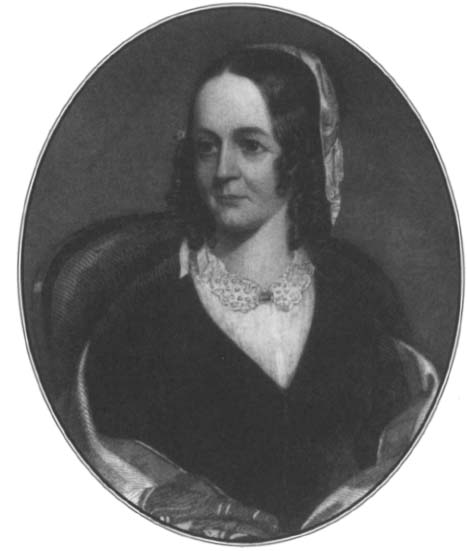
S ARAH J OSEPHA H ALE
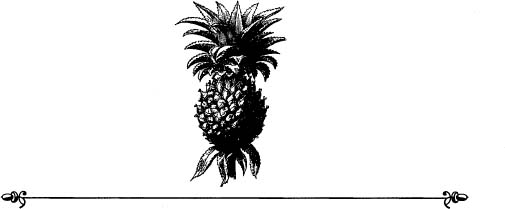
INTRODUCTION
J OHN S PAULDING
T he recipes included here were selected from Godeys Ladys Book in the period of the Civil War, the 1860s, when the magazine was at its zenith. Godey s Ladys Book, perhaps the most popular magazine for women in the nineteenth century, existed in various forms for sixty-eight years, from 1830 to 1898. Unlike most American periodicals of the time, Godeys had a national rather than regional readership and reached its highest circulation of some 150,000 copies during the 1860s. Now famous for its hand-colored fashion plates, Godeys also included sections on domestic architecture, sewing patterns, fiction, science, editorials, poetry, and activities for youth, in addition to a Receipts column. The magazine was founded by Louis Godey, and it achieved its widest readership during the tenure of Sarah Josepha Hale, who served as editor from 1837 to 1877.
Hale began a career as an editor when she was in her forties. A remarkable woman, she was responsible for initiating the campaign to establish Thanksgiving as a national holiday and was an ardent supporter of the rights of women. She was among the first to advocate women as teachers in American public schools, and she started the first day nursery in the United States, championed the fight for retention of property rights by married women, advocated medical education for women, founded a society for increasing womens wages, and coined the term domestic science as part of her fight to elevate housekeeping to a profession. She established many departments in Godeys, including the recipe section, which appears to have been the first such section in an American womens magazine. Among her many publications are at least two books of recipes and other aspects of domestic science.
The magazine targeted women in the expanding middle class of the mid-nineteenth century. These were the wives not only of doctors, lawyers, ministers, bankers, newspaper editors, teachers, merchants, prosperous farmers, and storekeepers but also of master craftsmen such as carpenters, blacksmiths, and ironmongers, middle managers in factories and large stores, and even skilled craftsmen such as journeyman machinists and patternmakers. The middle class included up to 40 percent of the population and owned perhaps half the wealth. The average middle-class family might own their own house and have one servant (Rorabaugh, 1987).
The American middle class was in transition between the self-sufficiency of the family in the first half of the nineteenth century and the changes wrought by the economic expansion and industrialization of the second half of the century, which allowed women more leisure time. Middle-class women had been taught as young girls to draw, play the piano, crochet, and design female elegancies that could be displayed around the house (Godeys published many patterns for the latter). In the first half of the century, many women had, of course, woven cloth and sewn clothes for their families (Clark, 1987). They were now just beginning to aspire to more cultivated pursuits, to pay more attention to fashion, etiquette, home decoration, and cuisinepursuits that would come to fruition in what we now think of as the style and the excesses of the Victorian age.
Next page
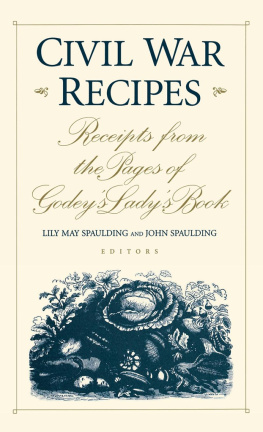

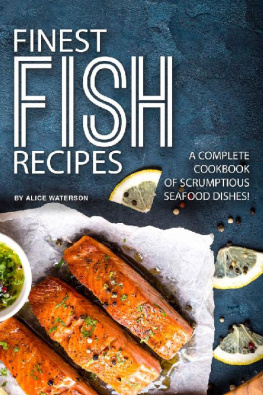

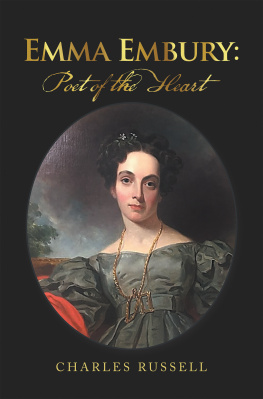
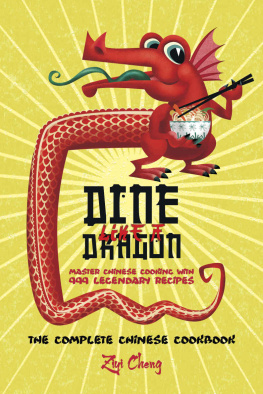

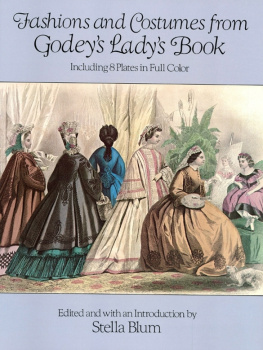
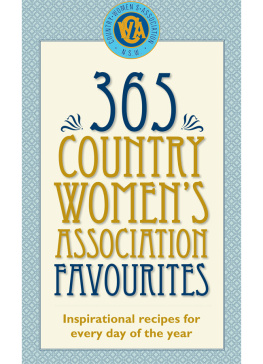
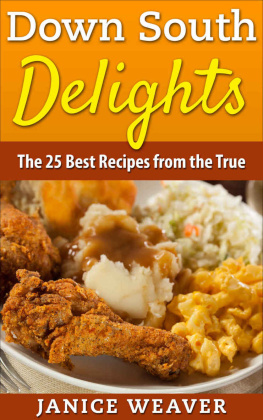
 RECIPES
RECIPES



 CONTENTS
CONTENTS 

